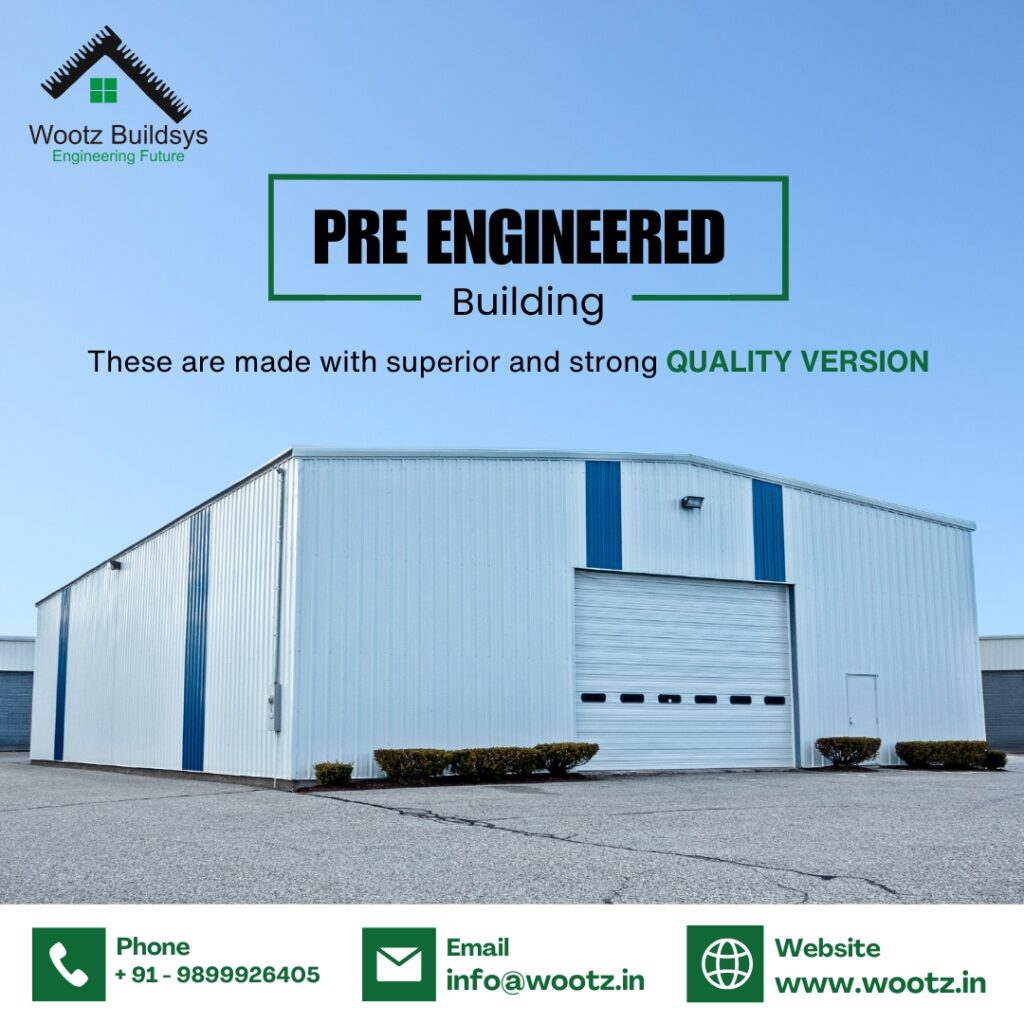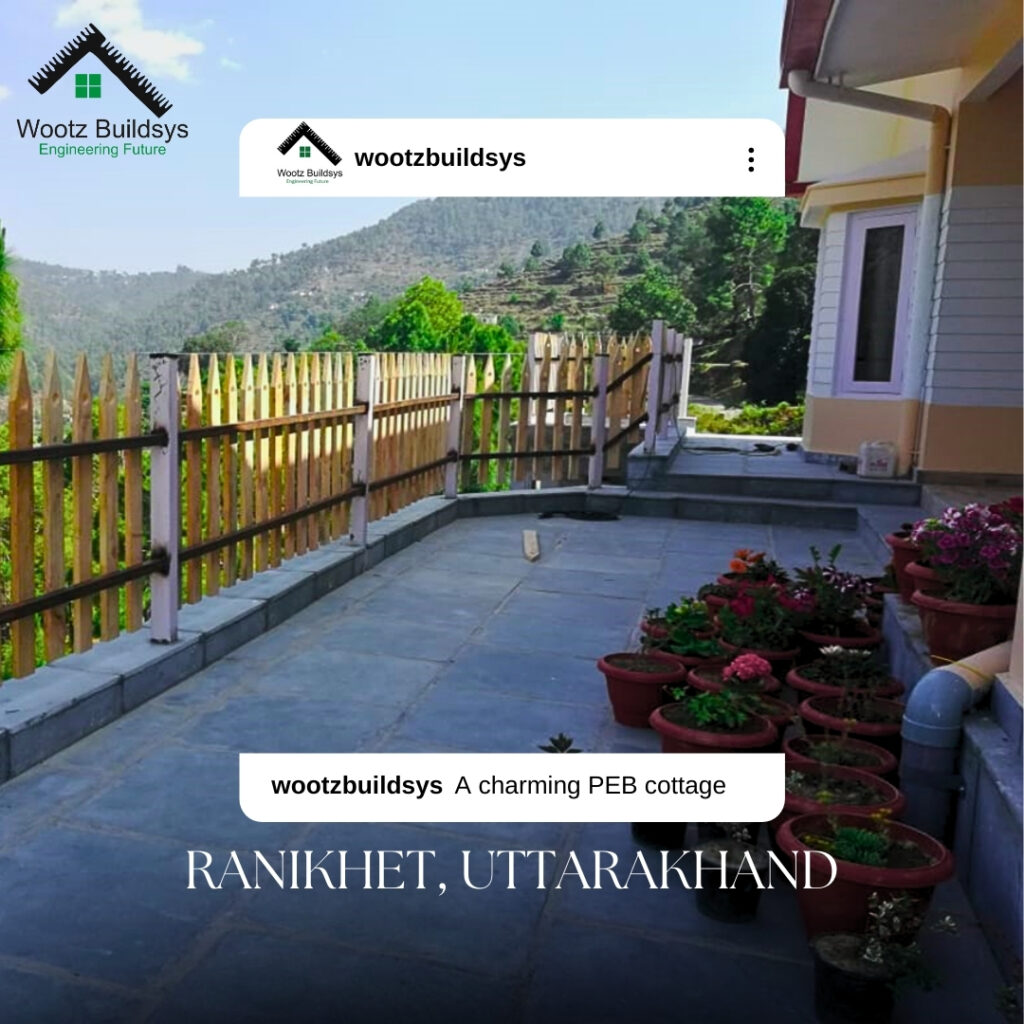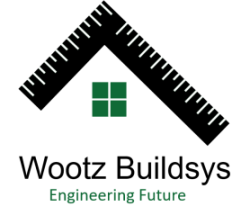In recent years, the importance of sustainable living has gained significant traction, prompting many industries to adapt their practices. Among these industries, construction has seen a remarkable shift towards green architecture. This innovative approach focuses on creating buildings that minimize environmental impact while maximizing energy efficiency and sustainability. As we navigate an era marked by climate change and resource depletion, green architecture stands out as the future of eco-friendly building.
What is Green Architecture?
Green architecture refers to the design, construction, and operation of buildings with an emphasis on sustainability. It involves using environmentally responsible materials, reducing waste, and optimizing energy use throughout the building’s life cycle. The primary goals of green architecture are to minimize the carbon footprint, conserve natural resources, and create healthier living spaces.

The Benefits of Green Architecture
1. Environmental Impact
One of the most significant advantages of green architecture is its positive effect on the environment. By utilizing sustainable materials, energy-efficient systems, and waste-reducing strategies, these buildings help reduce pollution and conserve resources. For example, choosing locally sourced materials can cut down on transportation emissions and support local economies.
2. Energy Efficiency
Green architecture encourages the use of renewable energy sources like solar panels and wind turbines. These features not only decrease reliance on fossil fuels but also lead to substantial cost savings on energy bills. Additionally, energy-efficient insulation, windows, and lighting systems help maintain comfortable indoor environments while reducing energy consumption.
3. Healthier Living Spaces
Buildings designed with green architecture principles prioritize the health and well-being of their occupants. Improved indoor air quality is achieved by using non-toxic materials and ensuring proper ventilation. Natural light is maximized through strategic window placements, which can boost mood and productivity. Furthermore, incorporating green spaces and natural elements within the design contributes to overall well-being.
4. Economic Advantages
Investing in green architecture can lead to long-term financial benefits. Although the initial costs may be higher due to the use of sustainable materials and technologies, the savings from reduced energy consumption and maintenance costs can outweigh these expenses over time. Additionally, many governments offer incentives and tax breaks for building green, making it a financially sound choice.
5. Increased Property Value
As awareness of sustainability continues to grow, properties built with green architecture are becoming increasingly desirable. Eco-friendly buildings often command higher prices in the real estate market, making them a wise investment. Potential buyers are more inclined to choose homes that reflect their values and commitment to environmental stewardship.

The Future of Green Architecture
As the world faces urgent environmental challenges, the role of green architecture will only continue to grow. Governments and organizations worldwide are recognizing the importance of sustainable building practices, leading to the development of new regulations and standards that promote green initiatives. This shift is encouraging architects and builders to innovate and embrace more eco-friendly methods.
1. Innovative Technologies
The future of green architecture lies in the integration of advanced technologies. Smart home systems that optimize energy usage, innovative insulation materials that enhance efficiency, and cutting-edge renewable energy solutions are just a few examples of how technology is transforming sustainable building practices. As these technologies continue to evolve, green architecture will become even more effective and accessible.
2. Urban Planning
Incorporating green architecture principles into urban planning will be crucial in the coming years. As cities grow, creating green spaces and sustainable infrastructure will be essential to maintain livability. This includes designing buildings that are not only energy-efficient but also promote community engagement and connection to nature.
3. Education and Awareness
Raising awareness about the benefits of green architecture is vital for fostering a culture of sustainability. Educational programs and outreach initiatives can empower individuals and communities to embrace eco-friendly building practices. As more people understand the importance of green building, demand for sustainable structures will increase, driving the industry forward.
Conclusion
Green architecture represents a significant shift in the way we approach building design and construction. By prioritizing sustainability, energy efficiency, and the health of occupants, green architecture offers a promising solution to the challenges posed by climate change and resource depletion. As we look to the future, embracing green architecture will be essential for creating a healthier planet and ensuring that our built environments are sustainable for generations to come.
Frequently Asked Questions (FAQs)
Q1: What are the main principles of green architecture?
The main principles of green architecture include energy efficiency, sustainable material usage, waste reduction, and creating healthy living environments.
Q2: Is green architecture more expensive than traditional buildings?
While the initial costs of green architecture may be higher, the long-term savings from reduced energy bills and maintenance often outweigh these expenses.
Q3: How does green architecture benefit the environment?
Green architecture benefits the environment by reducing pollution, conserving resources, and promoting sustainable practices throughout the building’s life cycle.
rimbatoto toto togel situs toto jacktoto situs toto jacktoto situs toto jacktoto situs toto slot gacor jacktoto jacktoto slot online


